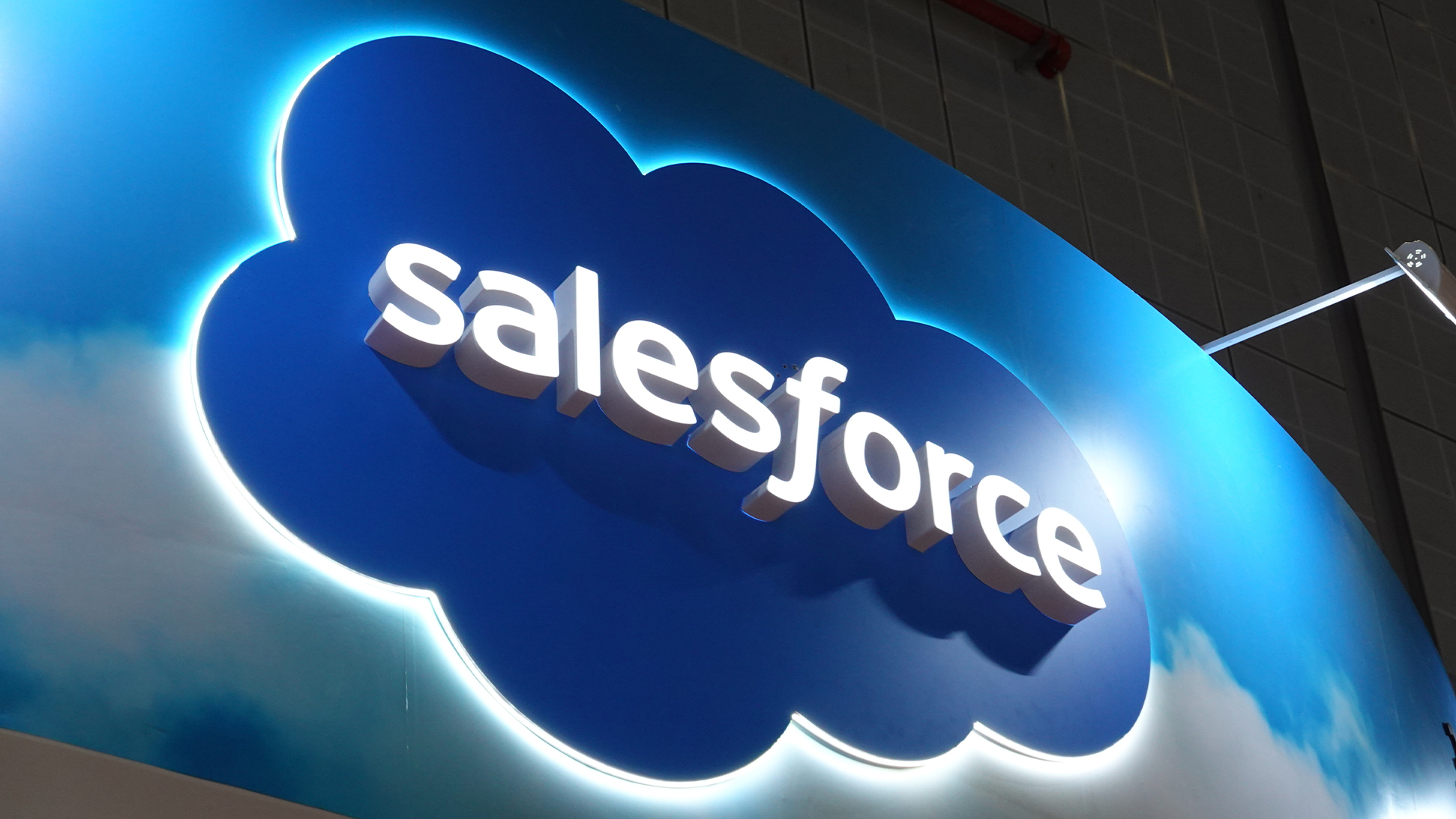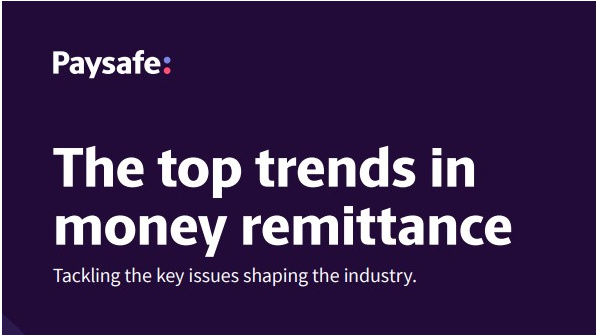Tech paralysis: Is a lack of technology damaging your business?
Part one of our series looks at why enterprises often find themselves awash with outdated systems


Think about the levels of productivity across your business. Are your staff able to do their jobs to the best of their ability? Can commercial partners easily connect with your company to do profitable business? Does your company still use paper-based manual processing?
For many businesses, these are vital questions they need to ask to stay competitive. According to the Connected Worker survey carried out by Deloitte, 44% of workers cite issues with technology as a critical reason they waste 10 minutes in every hour, with over 80% stating they use their own personal digital technologies to compensate.
"Our research has found that the majority of workers are both willing and able to use more technology at work," explains James Yearsley, lead services partner at Deloitte. "While employees are using personal devices to increase their productivity at work, they only gain the benefits if their employer links the devices to the company systems."
There is little doubt that technology can have a transformative impact on a business. Fast and efficient access to information is vital. Communications can be revolutionised with the latest mobile digital devices. The cloud can offer businesses new opportunities to evolve their processes and create a new dynamic environment for workers and customers alike.
Many businesses though, just make do with the systems they have. Data is locked in isolated silos that hides its value and potential.
Indeed, IDC surveyed business leaders and discovered over a third of workers struggled with basic administrative tasks, which had a significant impact on their core job function. Today, according to research from TomTom Telematics, 32% of businesses still use paper to store sensitive information with over half (53%) still using standard spreadsheets. Sound familiar?
The paralysing tech landscape
Businesses can often seem to be teeming with technology. The reality can frequently be somewhat different with critical systems still running on outdated hardware using software that has not been kept up-to-date.
Sign up today and you will receive a free copy of our Future Focus 2025 report - the leading guidance on AI, cybersecurity and other IT challenges as per 700+ senior executives
Last year's data breach at Equifax that exposed millions of people's personal information could have been avoided if the company had kept its software updated with the recommended security patches. The software they were using had well-documented security weaknesses.
It was a harsh lesson in what can happen when a business relies on outdated systems. Unfortunately, last year's OS Adoption Trends survey from Spiceworks revealed that over half (52%) of businesses are still running Windows XP, even though official support from Microsoft ended in 2014.
That said, considering new technologies is a complex process, and the diverse landscape that presents itself can cause paralysis. It can be difficult to not only make the right choices but also manage the fear of buying the wrong technologies for their needs.
There can also be a nagging doubt whether an investment in technology would actually deliver any tangible benefit. Again, Deloitte examined this question in a survey last year, finding that although 71% of respondents believed new communications systems would improve their personal productivity, only 47% thought overall productivity would be enhanced.
The suggestion is that merely buying new technology without the education and support necessary won't deliver the improvements business owners expect.
Professor Ilan Oshri at Auckland University points to recent research by Rimini Street, which assessed the challenges faced by those organisations stuck on legacy systems.
"This is why the highest number of respondents said they would look to extract more value from existing IT to finance IT innovation (60%) and pursue cloud services to reduce costs associated with 'keeping the lights on' (46%)," he explains. "The key is assessing the priorities for your business and deciding which applications should stay on current platforms and where it makes the most sense to innovate."
Tech potential strangled by the budget
As a business owner or leader, you may be aware you need to do more with technology across your enterprise. The question is where do you start?
It's too simplistic to give your employees iPads and then consider your business to be agile and tech savvy. So, what does a company that uses tech to its advantage actually look like?
The answer to this question is often guided by the cost of technology. In fact, lack of budget is often cited as a critical reason for an absence of technological development. Increases in operating costs is also a worry.
However, businesses don't need to make massive investments in an instant. It is more sensible to make technological changes as a slow evolution to allow workers to adapt. Here, open source applications and hosted services can be a cost-effective means to begin to evolve your company's technology.
"A tech-savvy organisation is an organisation that understands the link between its business models and the technology offering in the market," explains Professor Oshri. "To develop this capability, most firms nowadays are lacking the technical knowledge required to understand the full impact of their IT platform.
"Hence, the challenge for a firm attempting to benefit from their existing and future IT platform is predominately operational and strategic and should start with the development of an internal acquisition capability to effectively work with service providers, develop an eco-system of collaborators that offer technological solutions, those that align with the current and future competitive position of the firm."
Making what can often be radical changes to your business is a daunting task, but one that is vital if your enterprise is to remain competitive. The technology landscape is complex, but your business needs to successfully navigate this environment to locate and then implement technologies that can have a transformative effect on your enterprise.
In part 2 of this series, we will consider how your business can assess its technology needs, and how to buy the right technologies to future-proof your enterprise
David Howell is a freelance writer, journalist, broadcaster and content creator helping enterprises communicate.
Focussing on business and technology, he has a particular interest in how enterprises are using technology to connect with their customers using AI, VR and mobile innovation.
His work over the past 30 years has appeared in the national press and a diverse range of business and technology publications. You can follow David on LinkedIn.
-
 Salesforce announces huge partner program revamp with Agentforce 360 launch
Salesforce announces huge partner program revamp with Agentforce 360 launchNews Salesforce has announced the formal launch of Agentforce 360, a new platform designed to help channel partners drive recurring revenue through AI agents and applications.
-
 Get ready for the rise of 'vibe crime'
Get ready for the rise of 'vibe crime'News Trend Micro is warning of a boom in 'vibe crime' - the use of agentic AI to support fully-automated cyber criminal operations and accelerate attacks.
-
 Global IT spending set to hit a 30-year high by end of 2025
Global IT spending set to hit a 30-year high by end of 2025News Spending on hardware, software and IT services is growing faster than it has since 1996
-
 AI tools are a game changer for enterprise productivity, but reliability issues are causing major headaches – ‘everyone’s using AI, but very few know how to keep it from falling over’
AI tools are a game changer for enterprise productivity, but reliability issues are causing major headaches – ‘everyone’s using AI, but very few know how to keep it from falling over’News Enterprises are flocking to AI tools, but very few lack the appropriate infrastructure to drive adoption at scale
-
 Pegasystems teams up with AWS to supercharge IT modernization
Pegasystems teams up with AWS to supercharge IT modernizationNews The duo aim to create deeper ties between the Blueprint, Bedrock, and Transform services
-
 Better together
Better togetherWhitepaper Achieve more with Windows 11 and Surface
-
 Transforming the enterprise
Transforming the enterpriseWhitepaper With Intel and CDW
-
 The top trends in money remittance
The top trends in money remittanceWhitepaper Tackling the key issues shaping the money remittance industry
-
 How Kantar revamped its IT infrastructure after being sold off
How Kantar revamped its IT infrastructure after being sold offCase Study Being acquired by a private equity firm meant Kantar couldn’t rely on its parent company’s infrastructure, and was forced to confront its technical shortcomings
-
 Deutsche Bank wraps up Postbank IT integration after bug-laden migrations
Deutsche Bank wraps up Postbank IT integration after bug-laden migrationsNews The IT merger is expected to generate annual savings of €300 million by 2025
